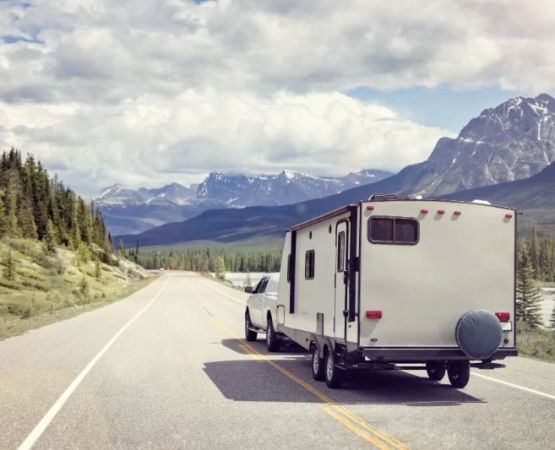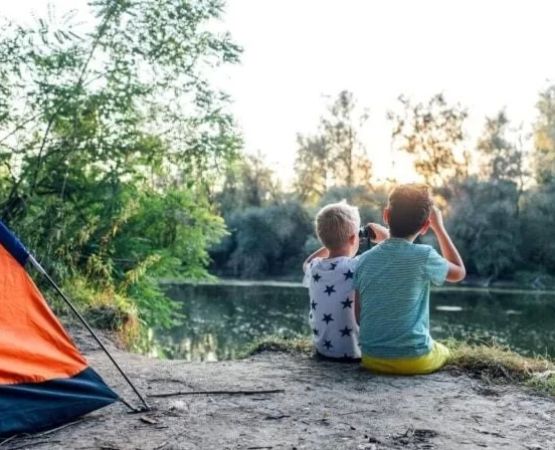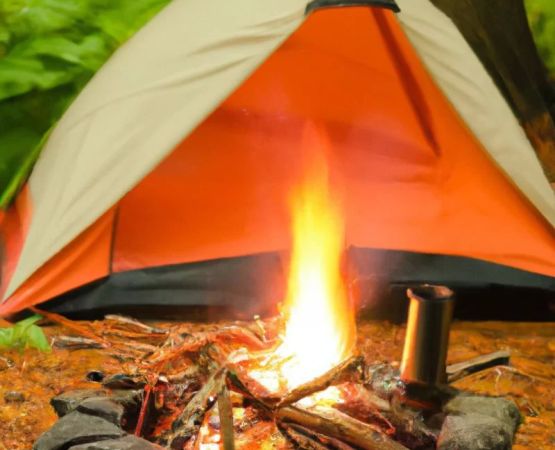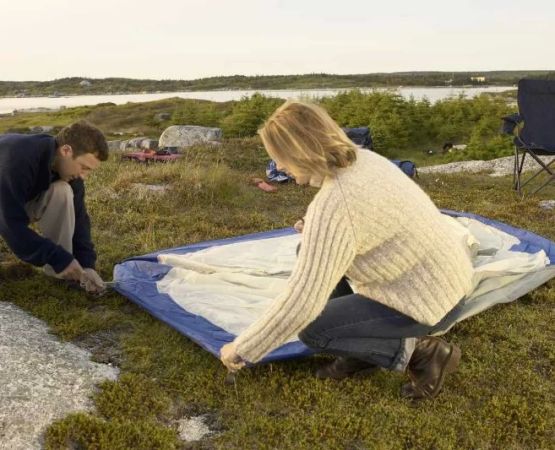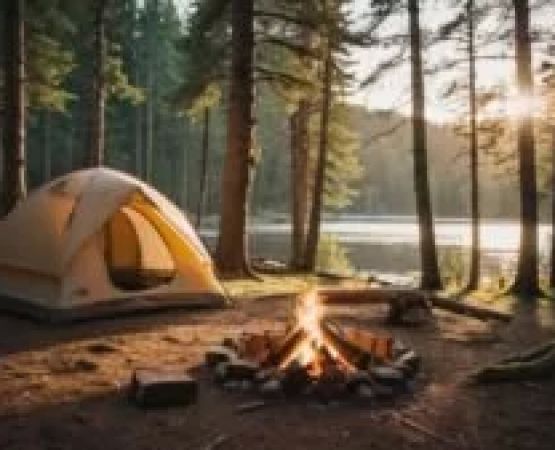Best Tips for Packing Your Tent
Packing a tent for a camping trip might seem straightforward, but doing it right can save you a lot of time and hassle. Whether you're a seasoned camper or a first-timer, there are a few tricks and tips to make packing your tent easier and more efficient. The right packing method will not only help you carry your tent more comfortably but also ensure that it stays in good condition throughout your trip. Let’s dive into the best practices for packing your tent and why they matter.
1. Clean Your Tent Before Packing
One of the most crucial steps before packing your tent is to ensure it's clean and dry. Dirt and moisture left on the tent can lead to mold and mildew growth, which will damage the fabric over time. After using your tent, shake out any dirt or debris, and wipe it down with a damp cloth. If you've camped in the rain or with dew, be sure to let your tent dry fully before packing it up. This simple step will preserve the longevity of your tent and make setting up next time much easier.
2. Use a Proper Tent Bag
While it’s tempting to just stuff your tent into the bag provided, it’s important to take your time and fold it neatly. A properly packed tent fits better in its bag, reducing the strain on the zippers and seams. If your original tent bag is too small or damaged, consider getting a larger, more durable bag. Having the right bag can also help with the packing process, especially if you’re tight on space.
2.1 Roll or Fold Your Tent
There are two main methods for packing a tent: rolling and folding. The roll method is ideal because it prevents creases and minimizes air pockets, which can reduce the space the tent takes up. If you're folding, be sure to fold the tent into manageable sizes and avoid creating sharp creases. This will also make it easier to fit your tent back into the bag when it’s time to pack up.
3. Pack the Poles and Stakes Separately
Your tent poles and stakes are critical to the setup process, but they don't need to be packed inside the tent itself. Storing them separately not only saves space but also protects your tent from any damage caused by sharp or heavy objects. Place the poles in a dedicated pole bag, and make sure your stakes are secured in a separate pouch or bag to avoid poking holes in the fabric.
3.1 Protect Tent Poles
Consider investing in a pole bag with padding or a pole sleeve to ensure that your poles remain intact. Over time, the repeated packing and unpacking of poles can cause wear and tear, so taking this small precaution can prolong their life. You can also check for any bent or damaged poles before packing, as this can affect your tent's setup.
4. Roll Your Tent with the Doors Facing Out
When rolling your tent, make sure that the doors face out. This may sound like a small detail, but it can make a huge difference in your packing process. By rolling the tent with the doors facing out, you can more easily access the interior of the tent when you set up, without having to unroll the entire tent. This makes your setup smoother and saves time, especially after a long day of hiking.
5. Use Compression Sacks for Extra Space
If you're looking to save space in your backpack, a compression sack can help. These sacks allow you to squeeze out extra air and reduce the volume of your packed tent. However, be careful not to over-compress the fabric, as this can damage the material over time. Compression sacks are particularly useful for ultralight camping, but if you're using a regular-sized tent, this step might not be necessary.
5.1 Benefits of a Compression Sack
A compression sack is particularly useful when you’re camping in a small space or need to fit all your gear into a tight spot. It reduces bulk, allowing you to use your space more efficiently. This can make a big difference when you're packing a car or a backpack for a long trip. However, if you're using a tent with delicate fabric, avoid over-compressing it to preserve its integrity.
6. Consider the Weather When Packing Your Tent
Weather conditions can greatly affect how you pack your tent. If you're camping in wet or rainy conditions, make sure to pack the tent in a waterproof bag or cover. This will help prevent moisture from entering the tent and protect the contents from becoming damp. For snowy or extreme cold conditions, ensure that your tent is packed in a way that won't expose it to freezing temperatures for extended periods of time.
7. Pack in the Right Order
When organizing your backpack or car, it’s important to pack your tent last so that it’s easily accessible when you need to set up. For car camping, place it at the top of the pile, ensuring that it’s not crushed by other heavy items. For backpacking, ensure that the tent is at the top of your pack for quick access in case of rain or poor weather. This way, you’ll be able to set it up without unnecessary hassle.
8. The Importance of a Well-Packed Tent
A well-packed tent is not just about saving space—it’s about protecting your gear and ensuring that your camping experience is as stress-free as possible. By properly packing your tent, you can reduce wear and tear, avoid damage, and make setting up camp an easier task. It’s a simple step that can make a huge difference on your next adventure.
For more camping tips and the best products for your next trip, visit Pine Cliff Resort. Whether you’re a first-time camper or a seasoned pro, we have everything you need for a successful and enjoyable outdoor experience!


